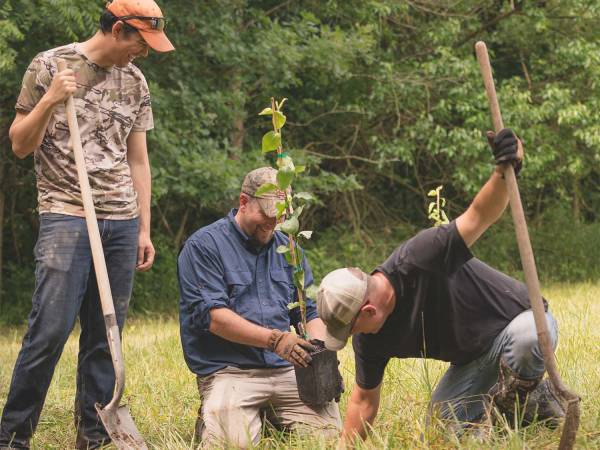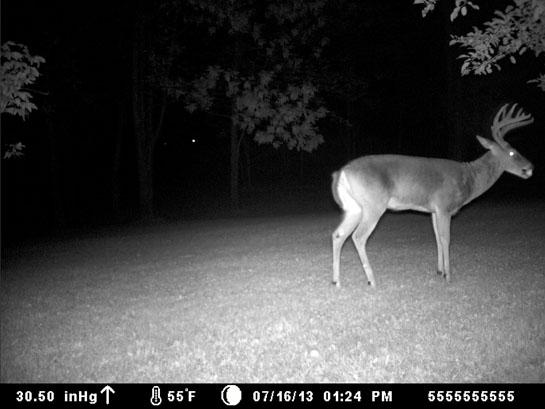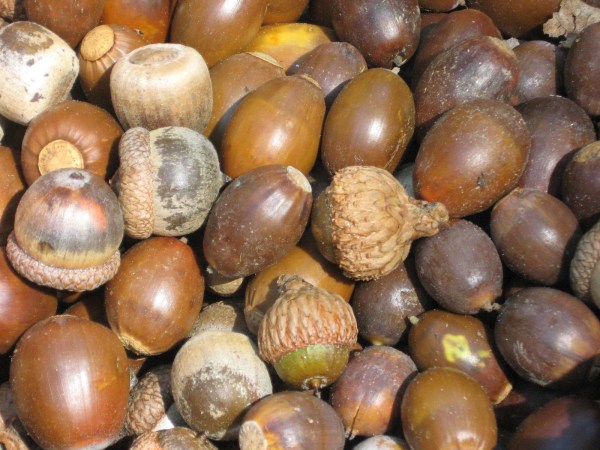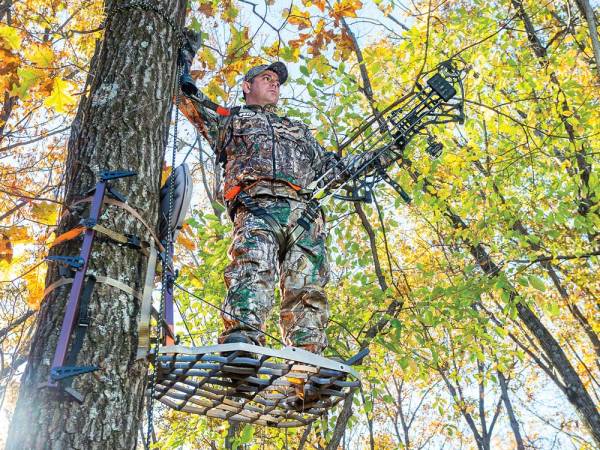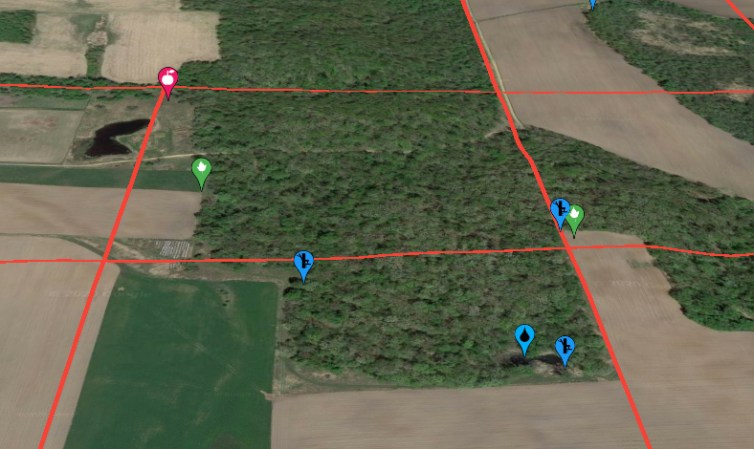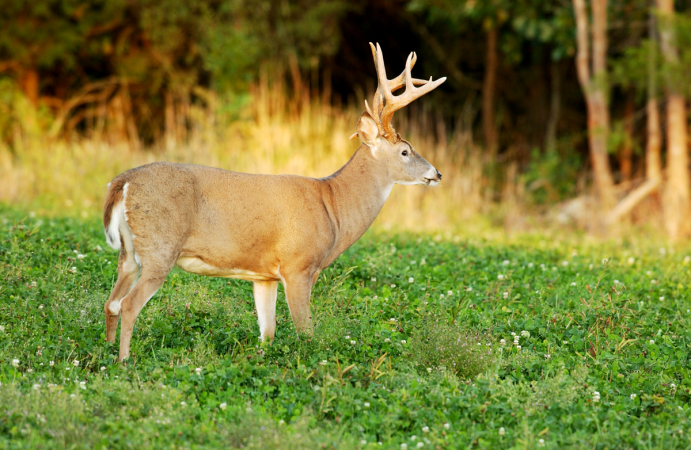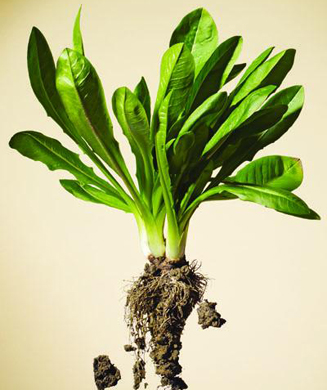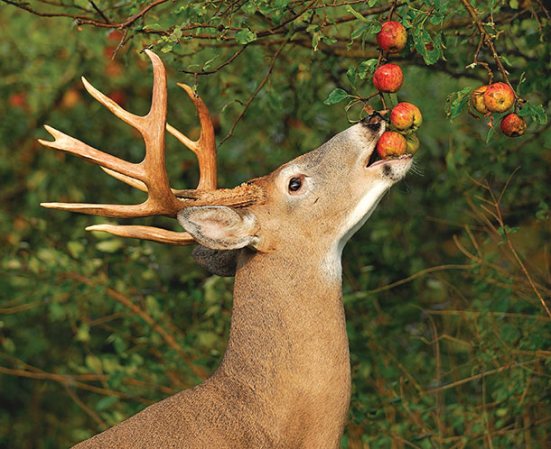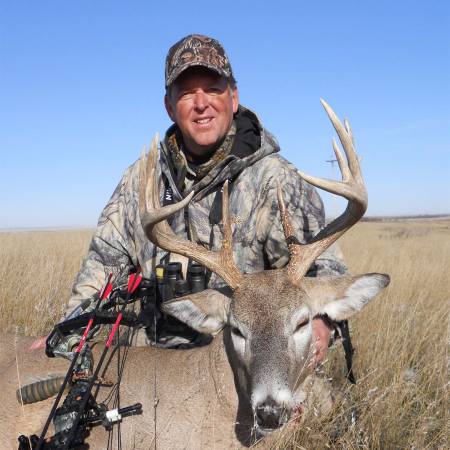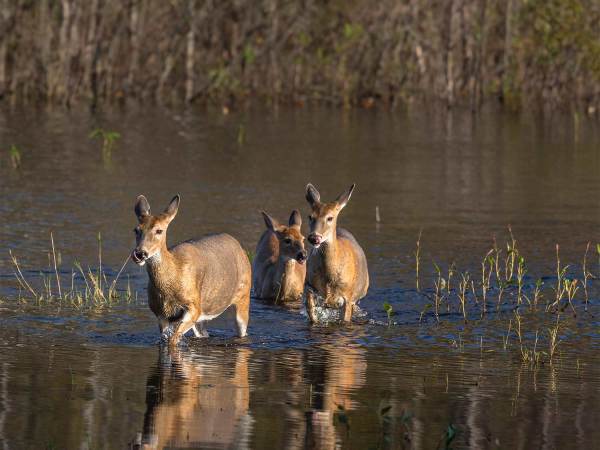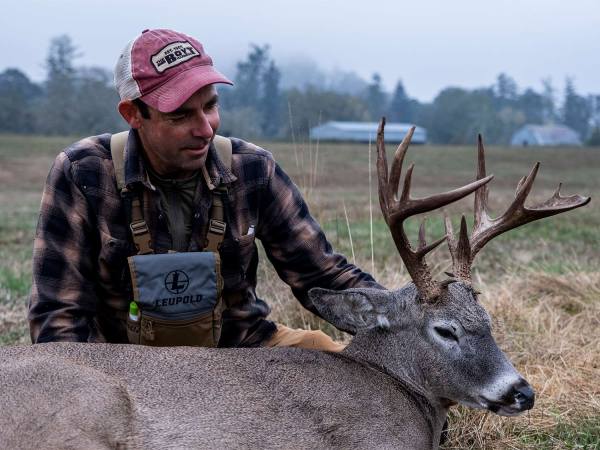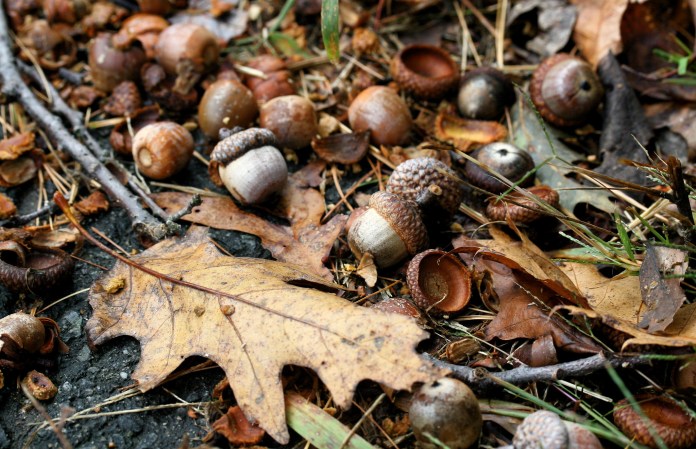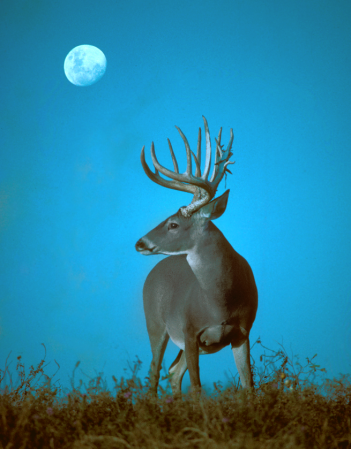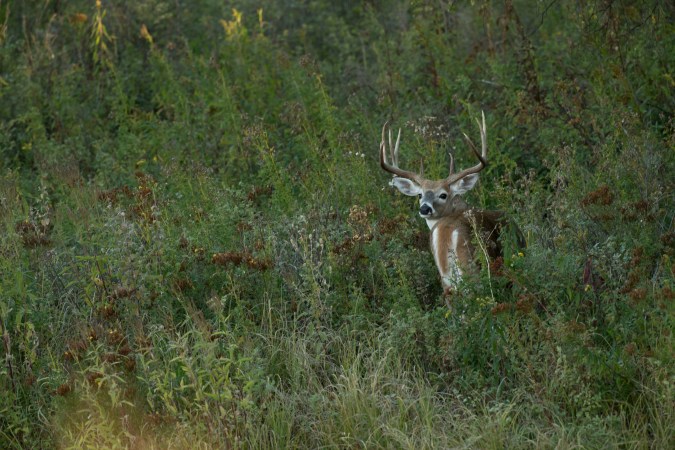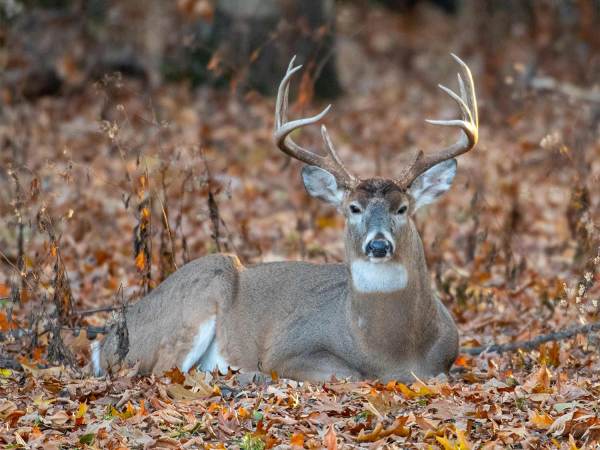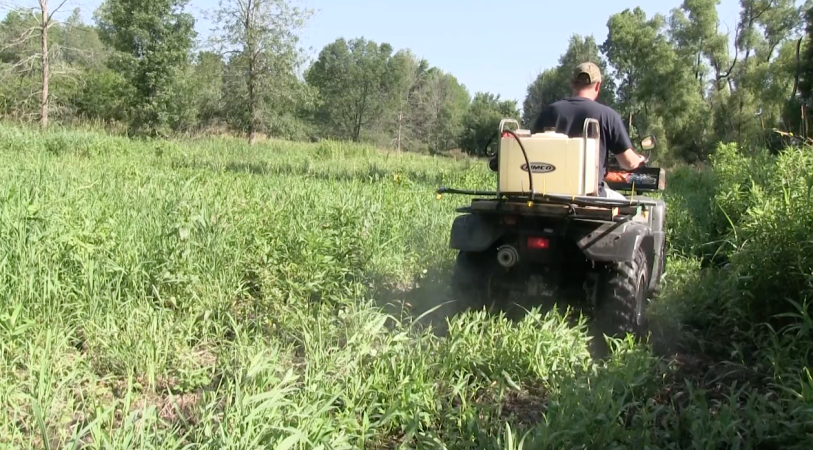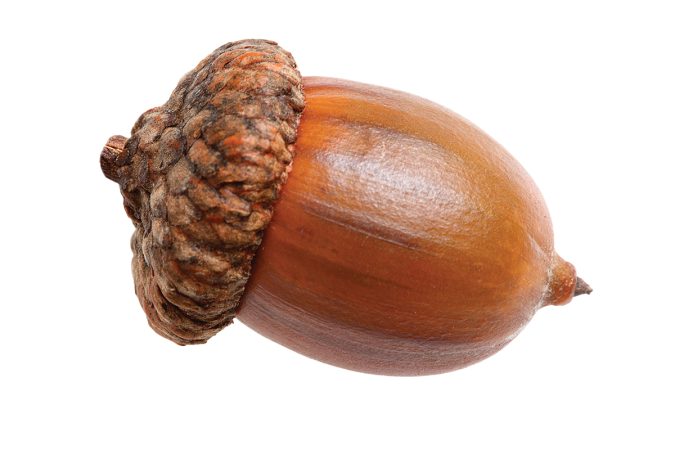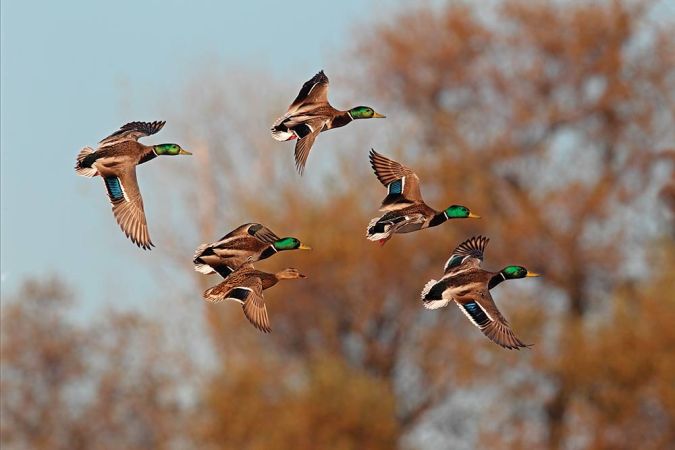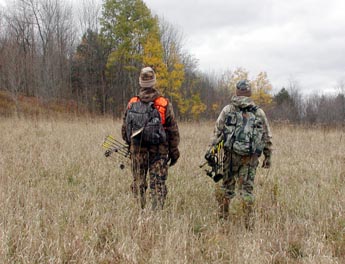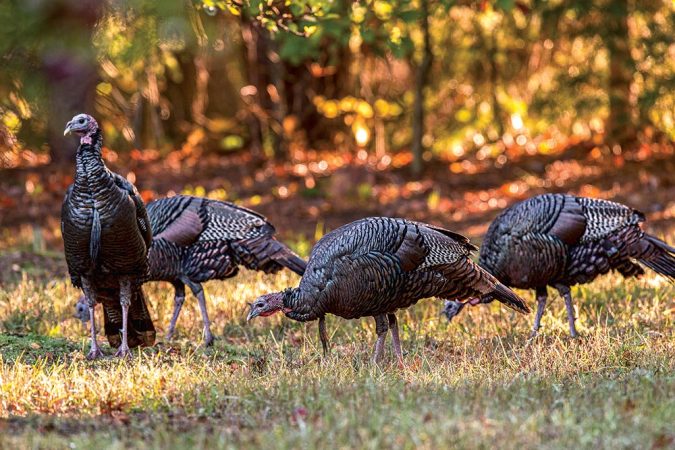November in the South means one thing to deer hunters: the rut. It’s getting into full swing, and hunters are putting a simple game plan into effect–find where does are feeding and locate big, active bucks. When it comes to uncovering food sources, look no further than the white oak (Quercus alba). No other natural whitetail food has more influence on where deer will be than the white oak. This holds true whether you are in a creek bottom in Alabama, the rolling hill country of western Kentucky, the mountains of Virginia or the lowlands of northwest Florida.
THE ACORN CROP
Find the oaks and find the deer. Sounds too easy, right? Well, the only flaw of a white oak is that it’s a notoriously fickle producer of acorns. This fact greatly influences stand placement in the South. For example, about every five years or so, the white oaks in a given area will produce nuts in great profusion. Oddly enough, this makes stand placement more difficult, because deer won’t need to move far from their bedding areas to feed. Hunters should determine which groves are closest to bedding areas and set up accordingly.
It’s more common for only a fair number of white oaks to produce acorns. Under these circumstances, deer gravitate to the groves or individual trees that have most recently dropped nuts. In this case, you need to spend a lot of time in the woods, figuring which groves produce acorns. Flexibility is important, because you’ll have to move your stand every few days to keep up with the crop.
My favorite scenario is when the white oak crop fails to materialize, except for a few trees. Placing a stand in such a grove is the closest Southern hunters will come to a sure thing. Several seasons ago I took a nice nine-pointer when the acorn crop was scarce. I had scouted the buck for a while, watching as he returned to the same small grove. Because there was so little food around, he had scraped the forest floor clean and rubbed numerous saplings around the white oaks. He visited one time too many and ended up with my tag on his antler.
IDENTIFY THE WHITE OAK Although there are notable exceptions, such as the chinquapin (which has sharp-toothed leaves), most white oak species feature rounded leaf lobes, light bark and acorns that mature in one year. The red oak’s acorns take two years to mature, and its leaves are toothed with hairlike bristle tips.
THE SOUTHERN WHITE OAKS
Although Quercus alba is the predominant white oak in the South, it wouldn’t hurt for deer hunters to become more familiar with several other members of the oak family. Like the white oak, the post oak thrives throughout the region in habitat as diverse as rocky ridges and flood plains. Southern sportsmen who live in the coastal areas from Virginia to central Texas should get to know the live oak. And the chinquapin oak flourishes in the limestone soil common from western Virginia to central Texas.

